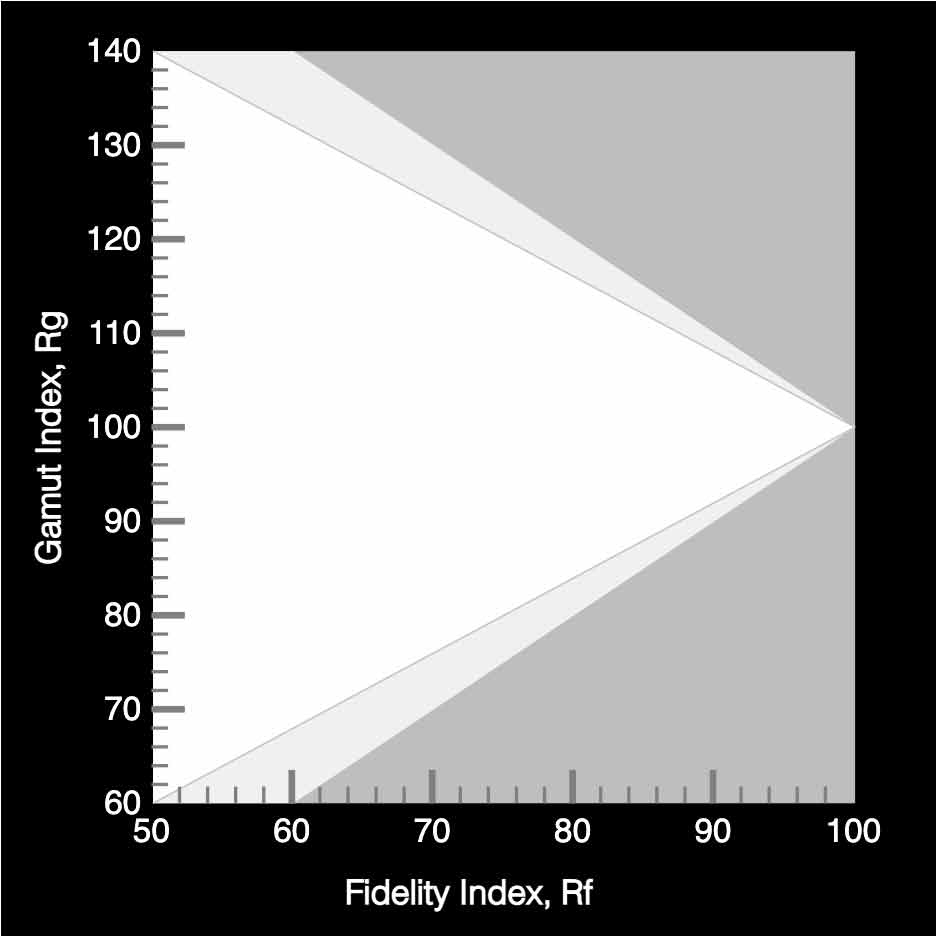

Does colour even exist without light?
Everything you see is a reflection of light. For example, a ripe tomato is red because it absorbs every wavelength other than in the red spectrum (600nm - 700nm). However, if your light source has weak or non-existent light in the red spectrum, your tomato will appear orange/brown, art will look dull and boring, your skin will have an unhealthy tone etc.
What is CIE 13.3-1995 (Colour Rendering Index)?
CIE 13.3-199 (CRI): The standard for measuring colour rendering since 1965 and the most widely used standard in the industry. It represents 15 common colours, which are rated on a scale of up to 100, with no lower limit. The quality of light reflected off each colour sample is rated against a reference. Each colour temperature has its own reference, making it possible, for example, for fire to score well in rendering blue (R12) even though its light spectrum contains only a small amount of blue light.
A high colour rendering index (CRI) of Re 95+ ensures that the colours in your room appear vivid and natural. R9 (deep red) is the most critical colour as it is responsible for the accurate appearance of skin tones and most natural objects. It is also the colour that is most difficult for any LED light source to reproduce. CRI(Ra) is an average of R1 - R8, excluding the critical value R9 & CRI(Re) is an average of R1 - R15. In the EU, the minimum CRI(Ra) for LED lamps is 80.
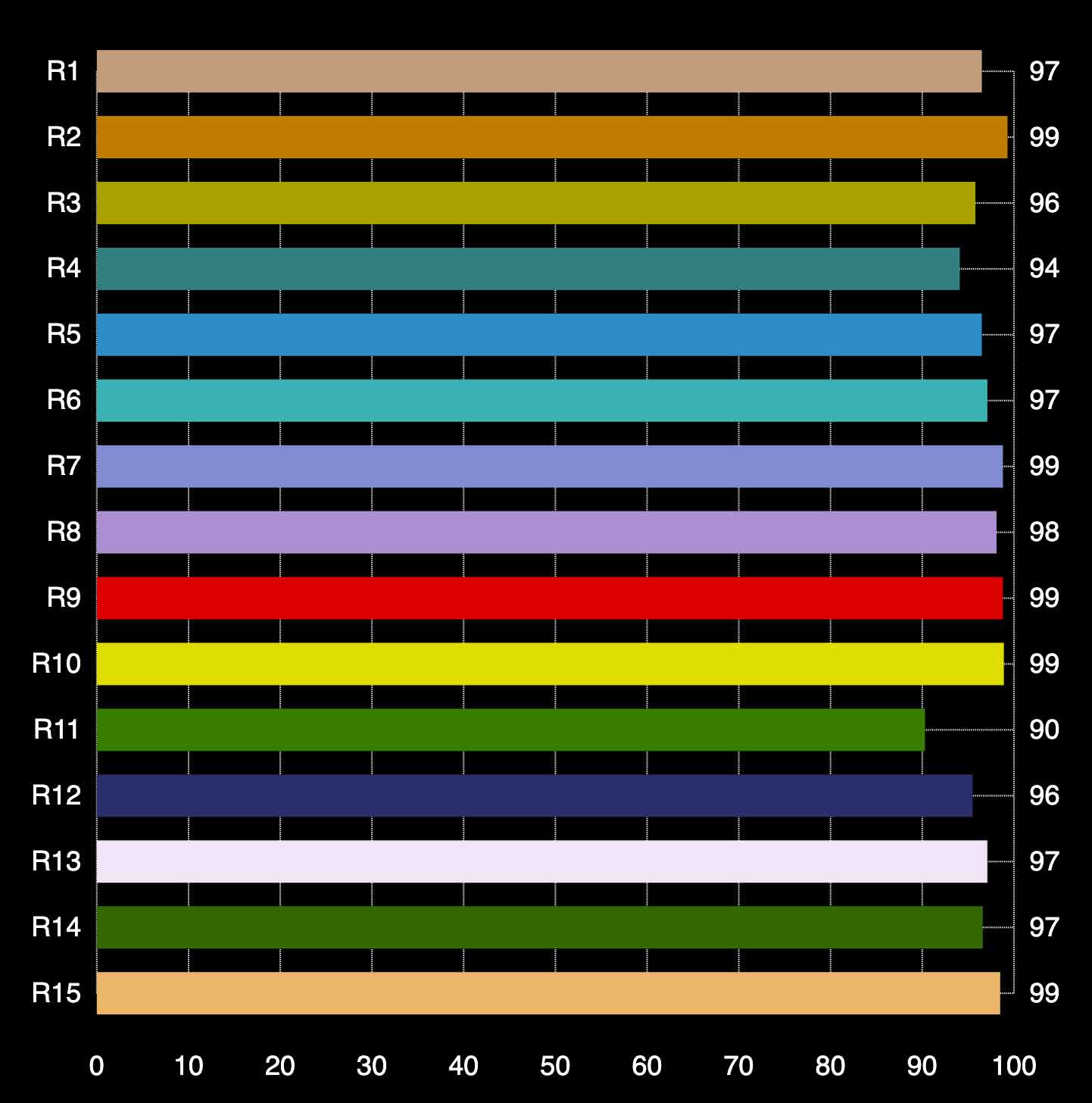
CRI(Re) 97 | MRACEK LED GU10 2700K
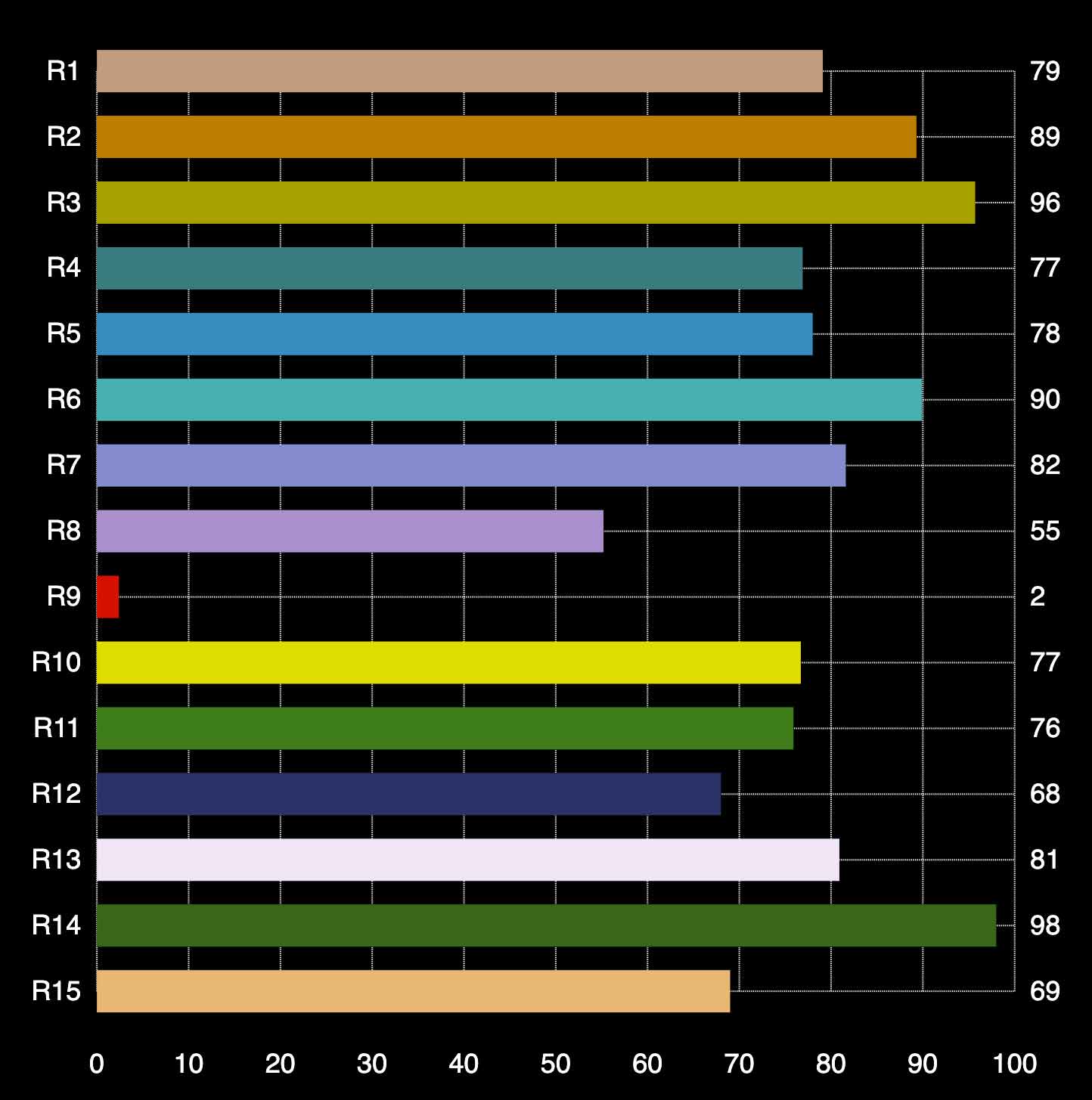
CRI(Re) 75 | Common LED Lamp
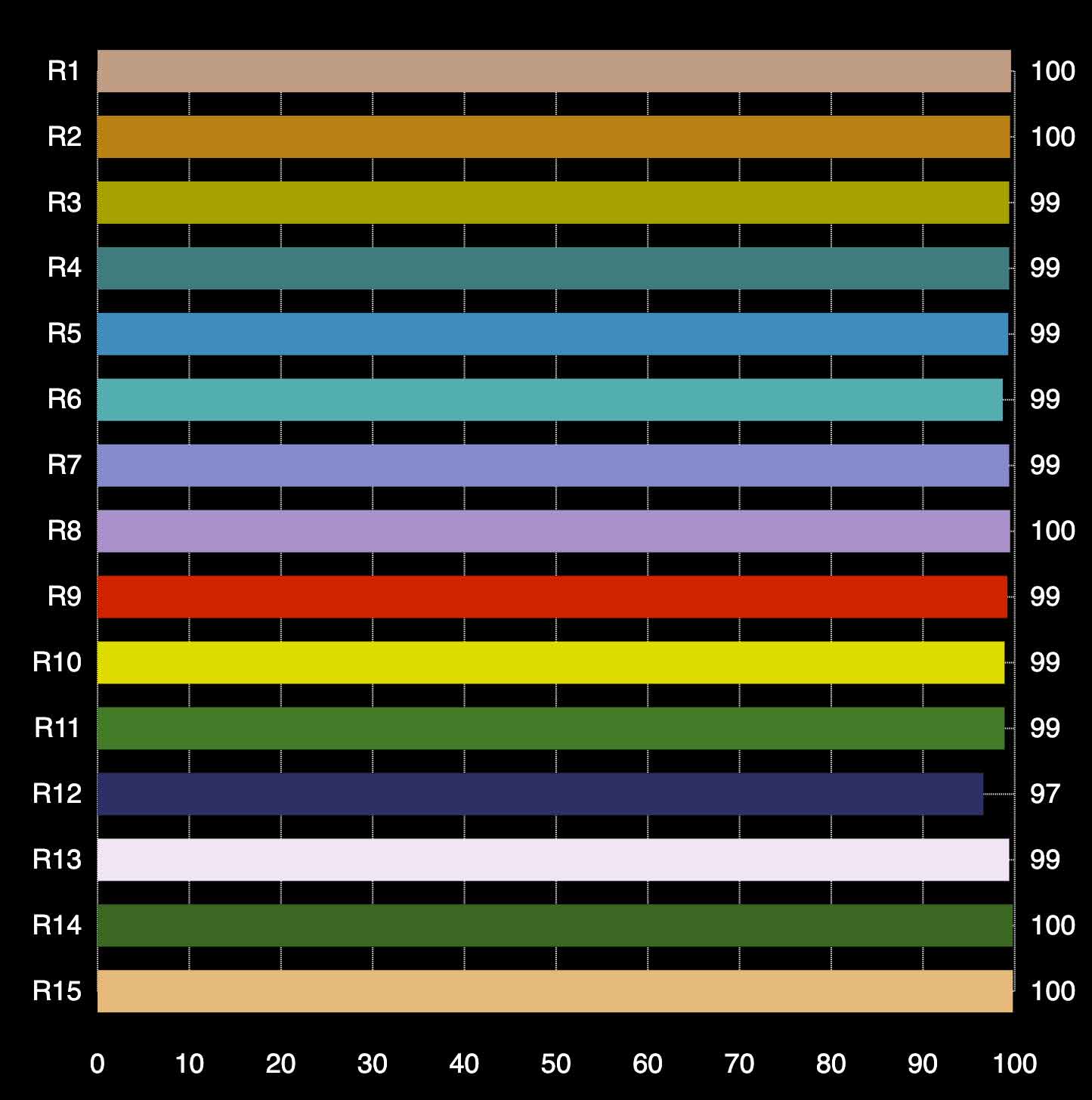
CRI(Re) 99.2 | Fire
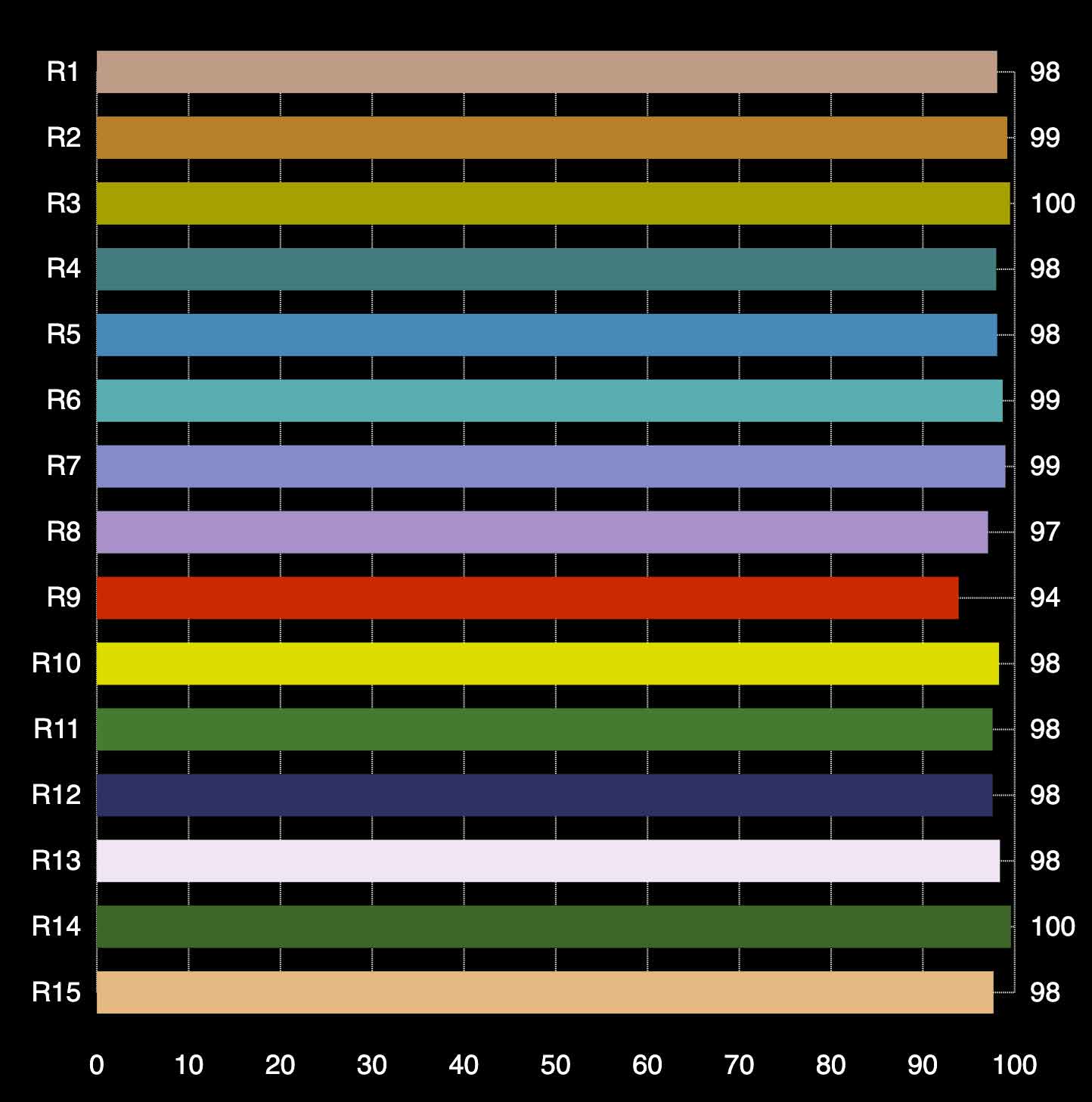
CRI(Re) 97.9 | Incandescent Lamp
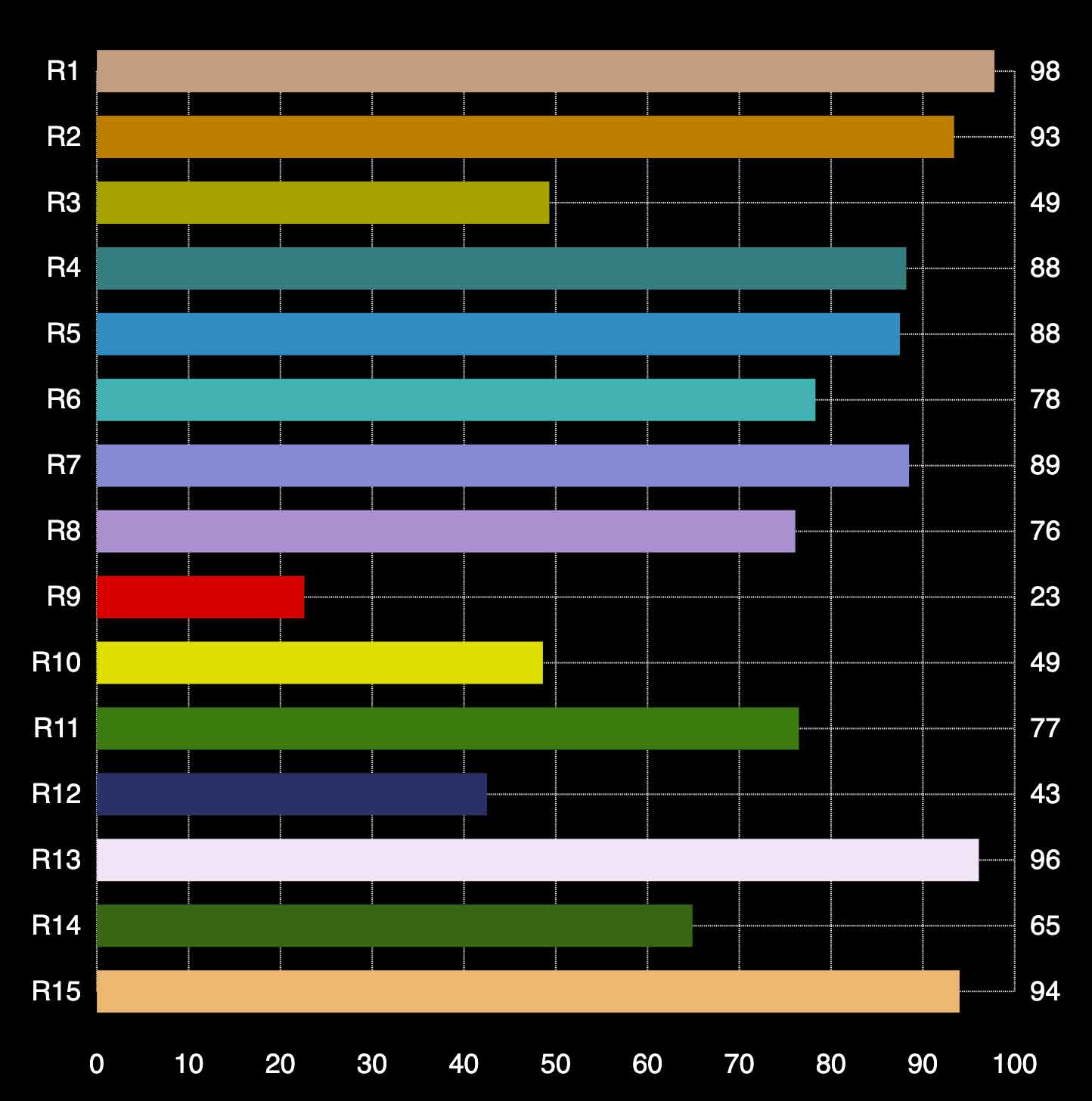
CRI(Re) 75.7 | Compact Florescent Lamp (CFL)
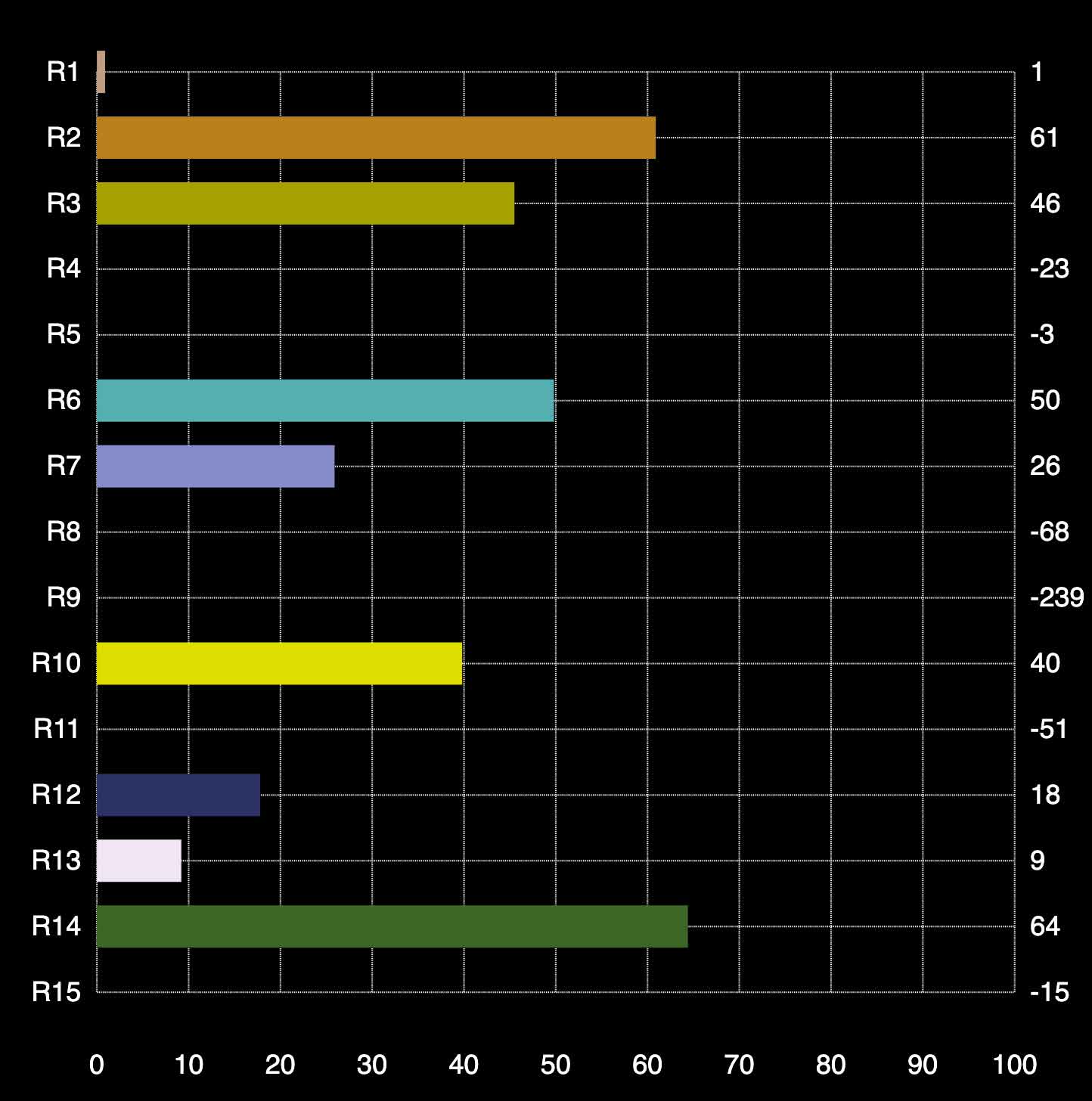
CRI(Re) -5.6 | High Pressure Sodium (Orange Street Lighting)
What is IES TM-30-20?
IES TM-30-20 is the latest colour rendering standard designed to address the shortfalls of CRI. The test light source is rated on its ability to rendering 99 fully saturated colour samples based on real objects such as skin tones, organic matter, textiles, paints, plastics etc. Above 5000K, the reference light source is the sun, below 4000K the reference is a blackbody radiator and a mix of the two for 4000K - 5000K.
Rf - Fidelity Index: An average (from 0 - 100) of your light's comparative ability to accurately render all 99 colour samples (hue), similar to CRI(Re).
Rg - Gamut Index: An average of your light's saturation accuracy of all 99 samples; an ideal value being 100. Values below 100 suggest an average undersaturation (colours appear dull) and the opposite for values over 100. Refer to the charts below to see how each light source performs.
Sunlight
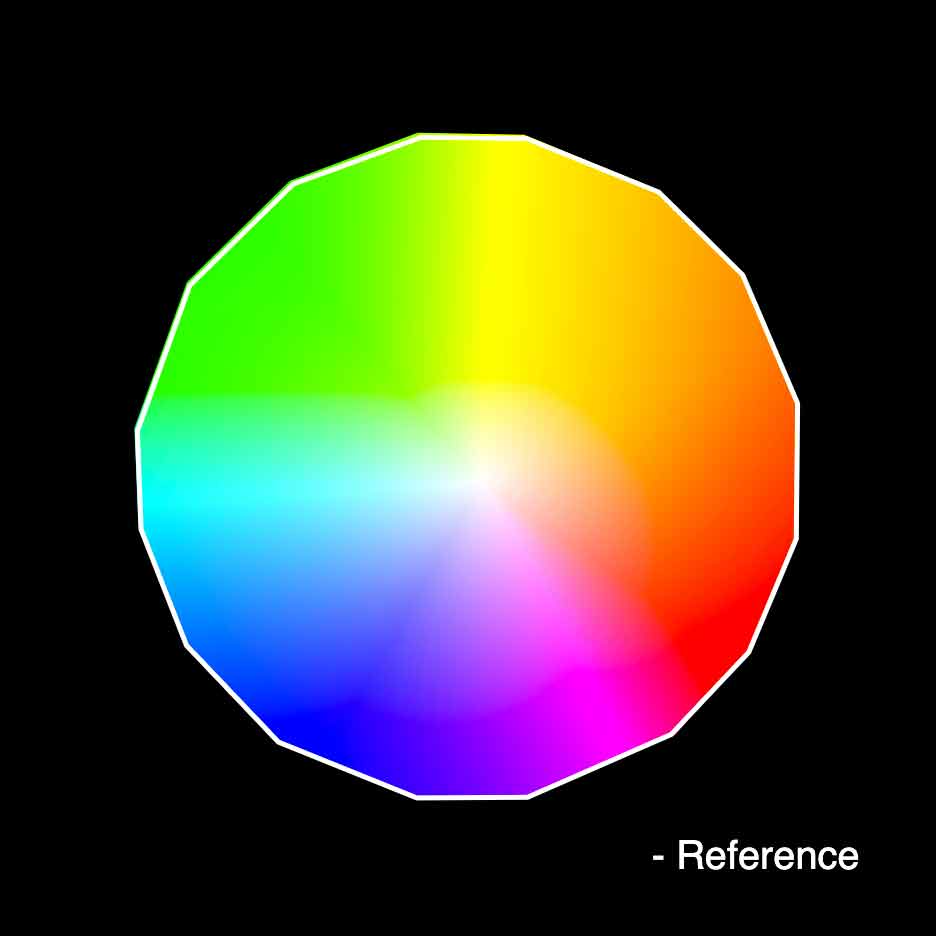
Rf 98 | Rg 101
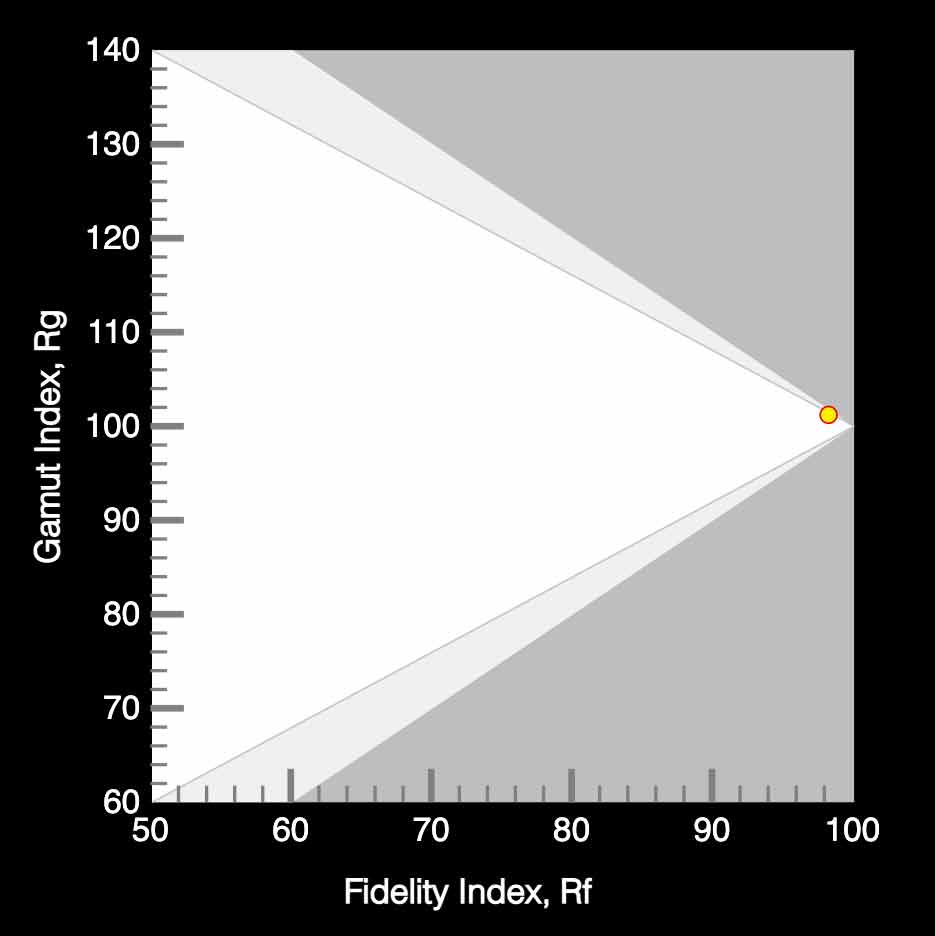
MRACEK LED GU10 2700K
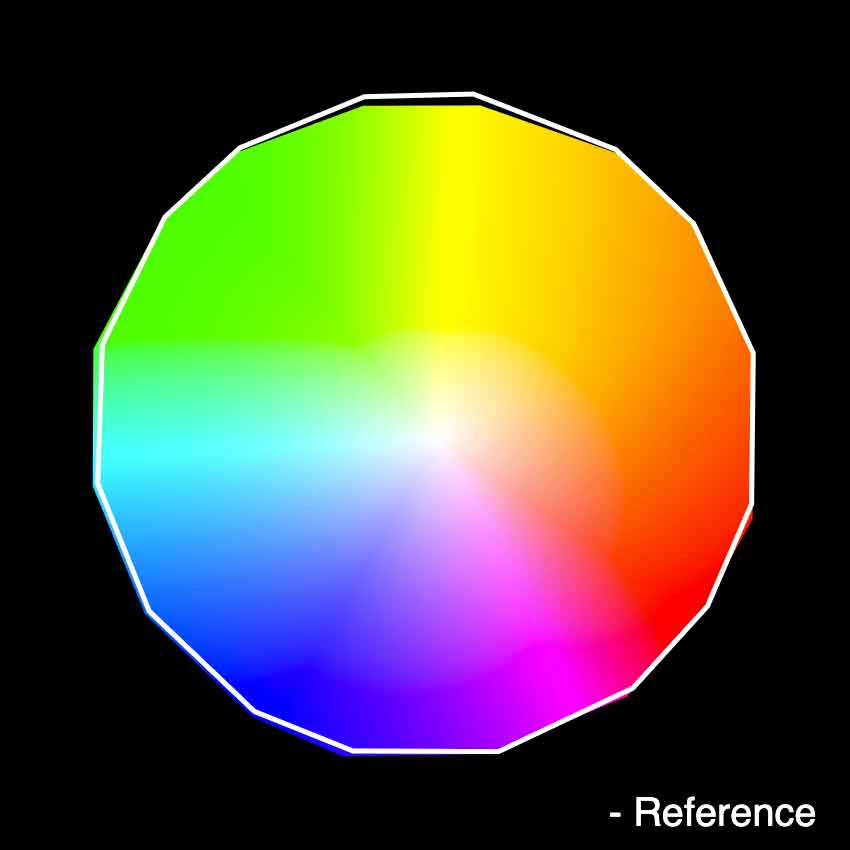
Rf 96 | Rg 100
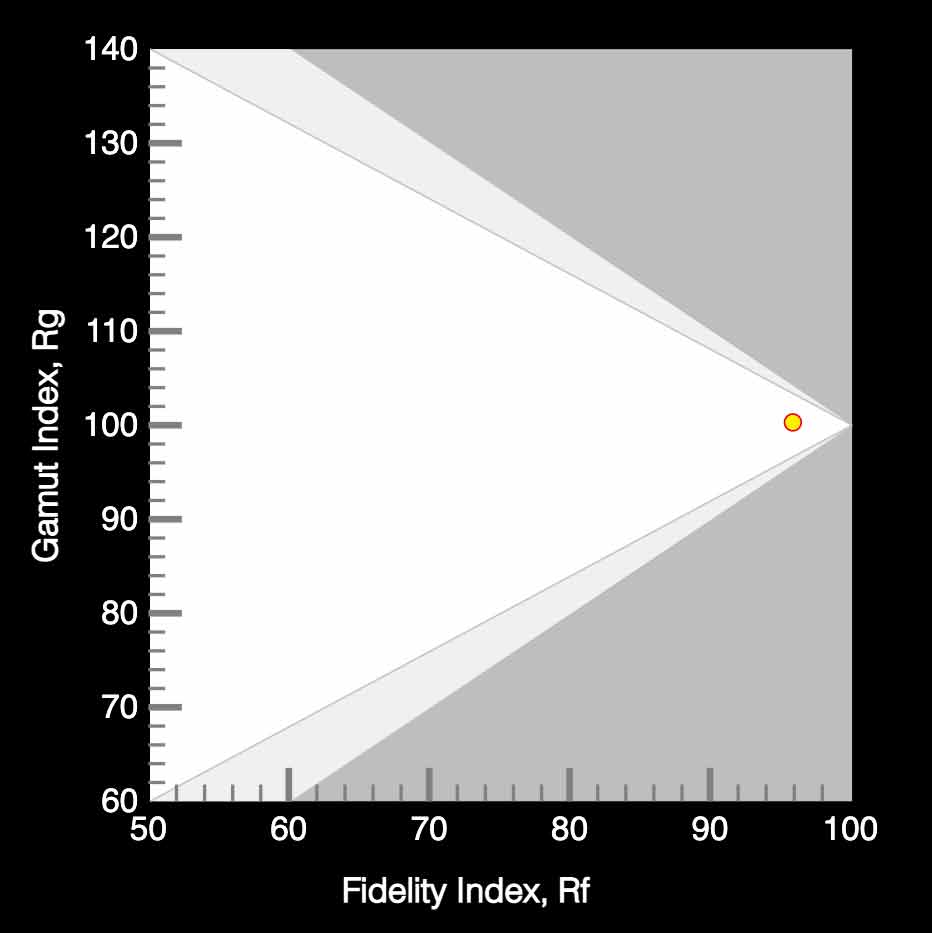
Common LED Lamp
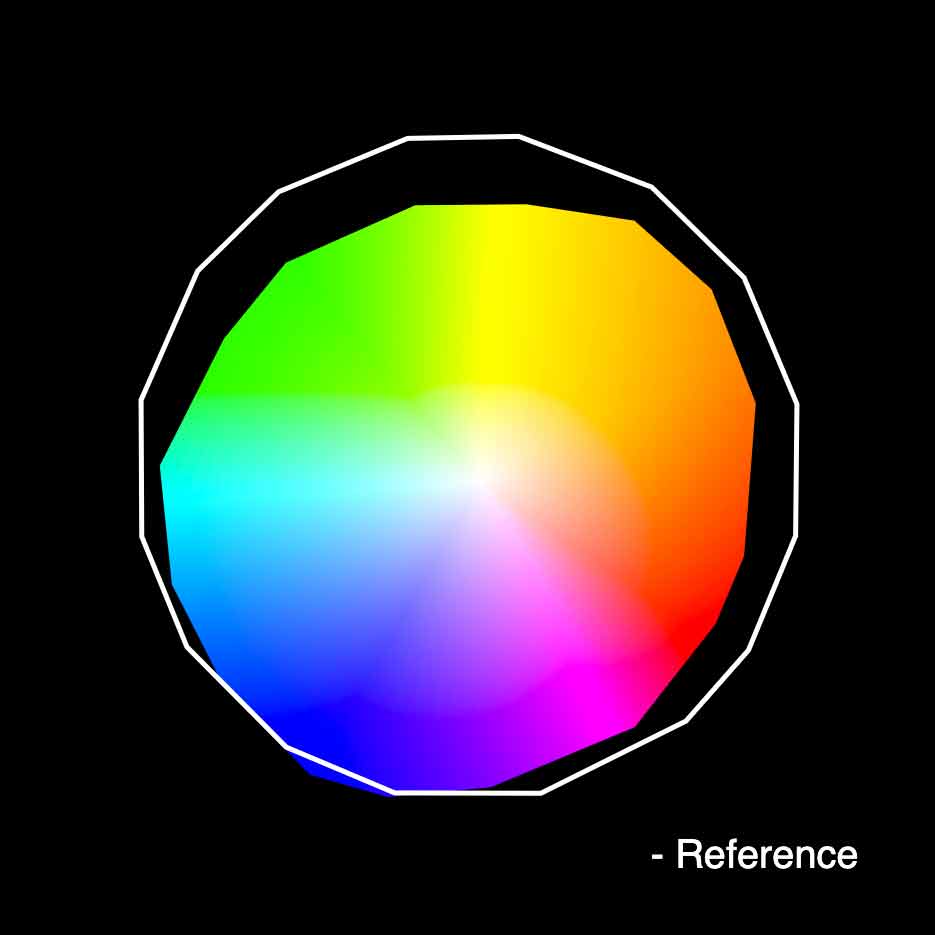
Rf 76 | Rg 80
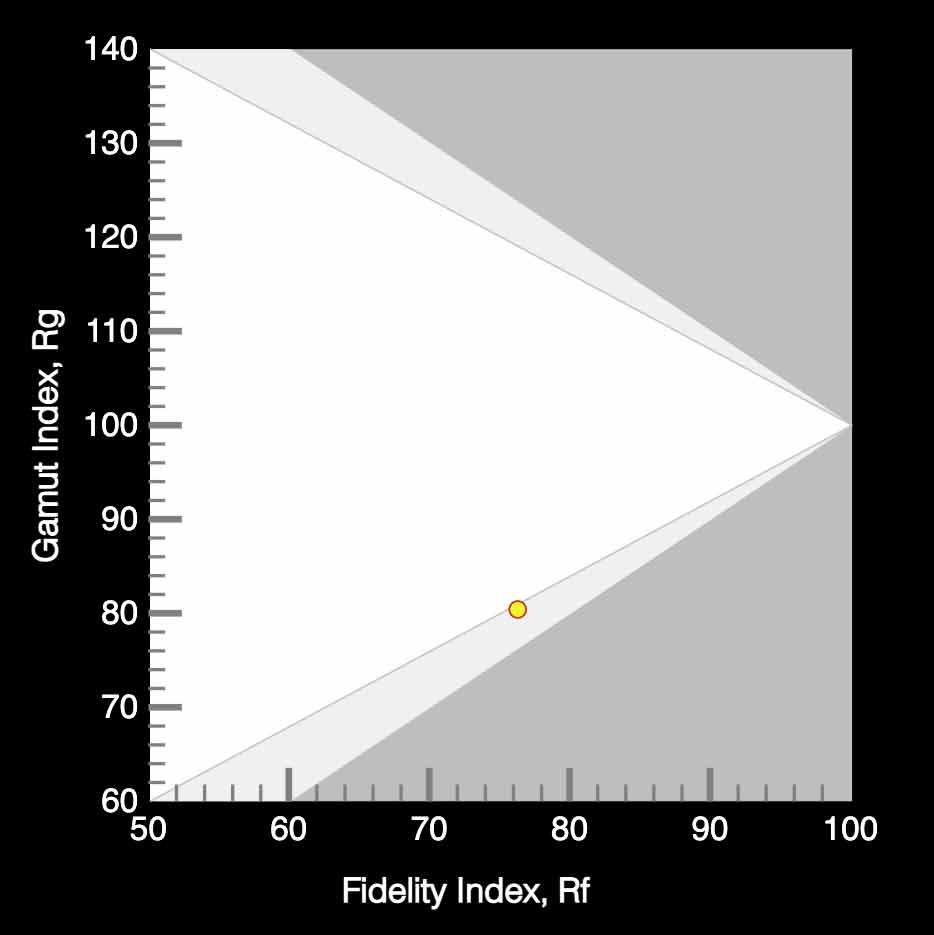
Fire
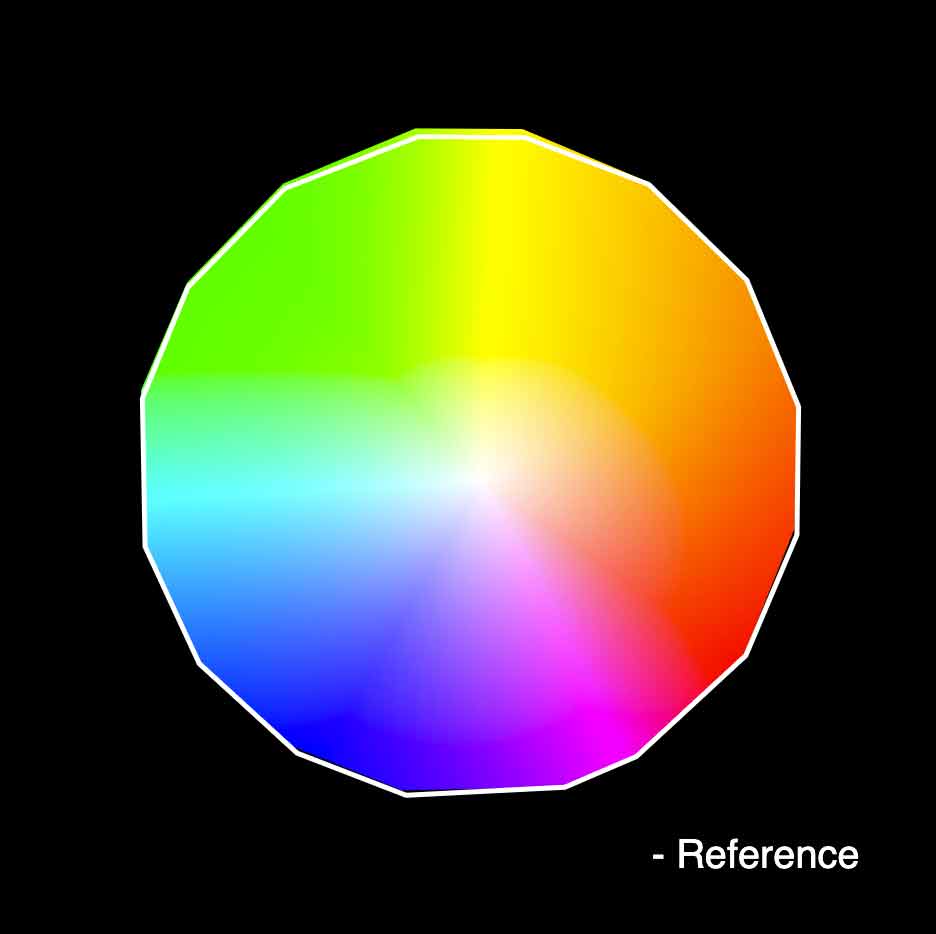
Rf 98 | Rg 101
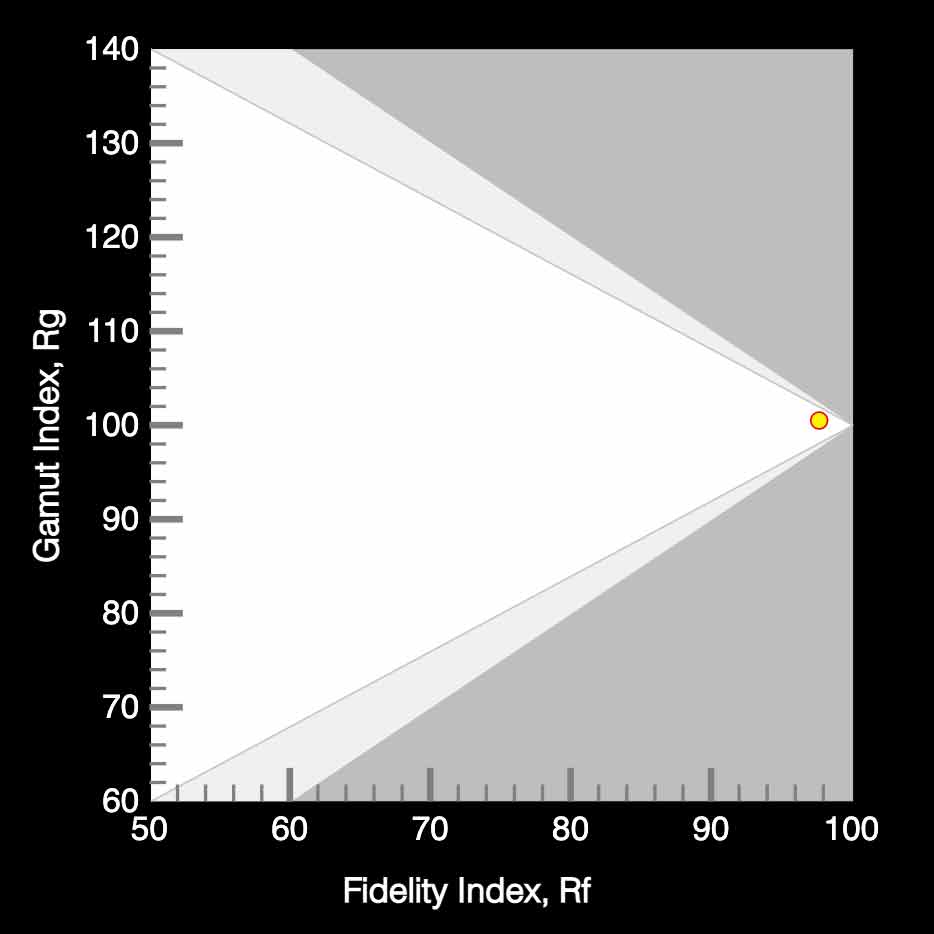
Incandescent Lamp
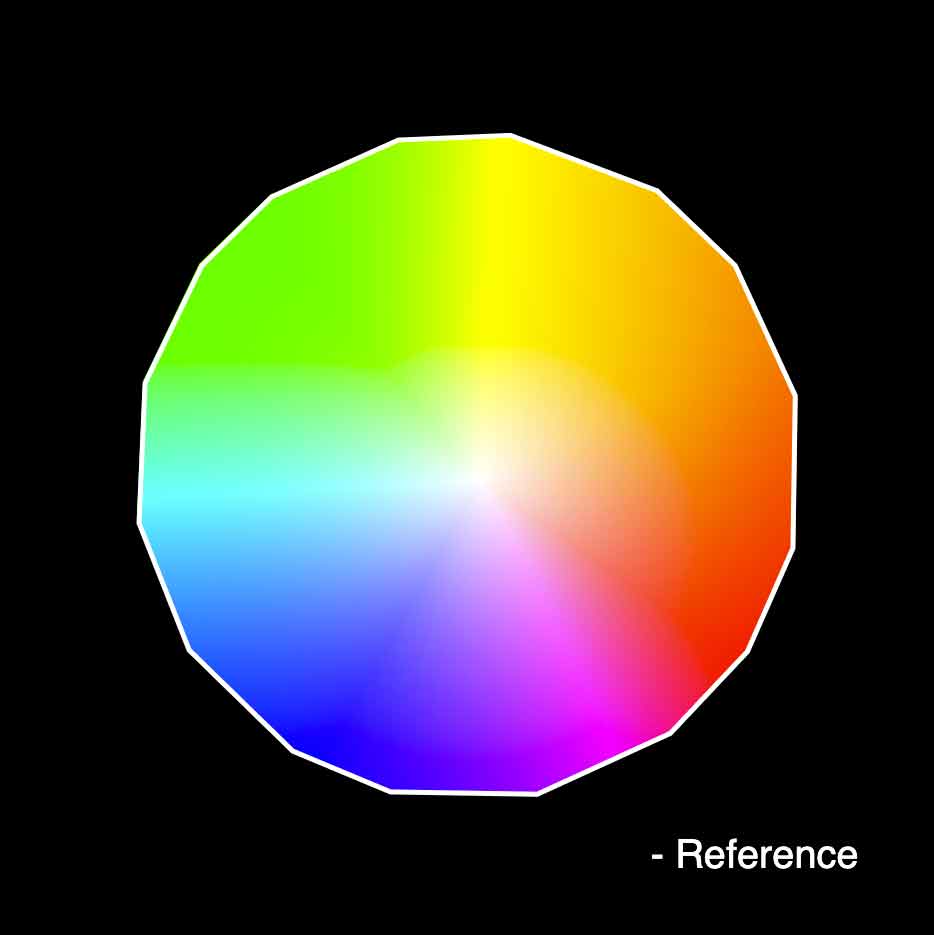
Rf 99 | Rg 101
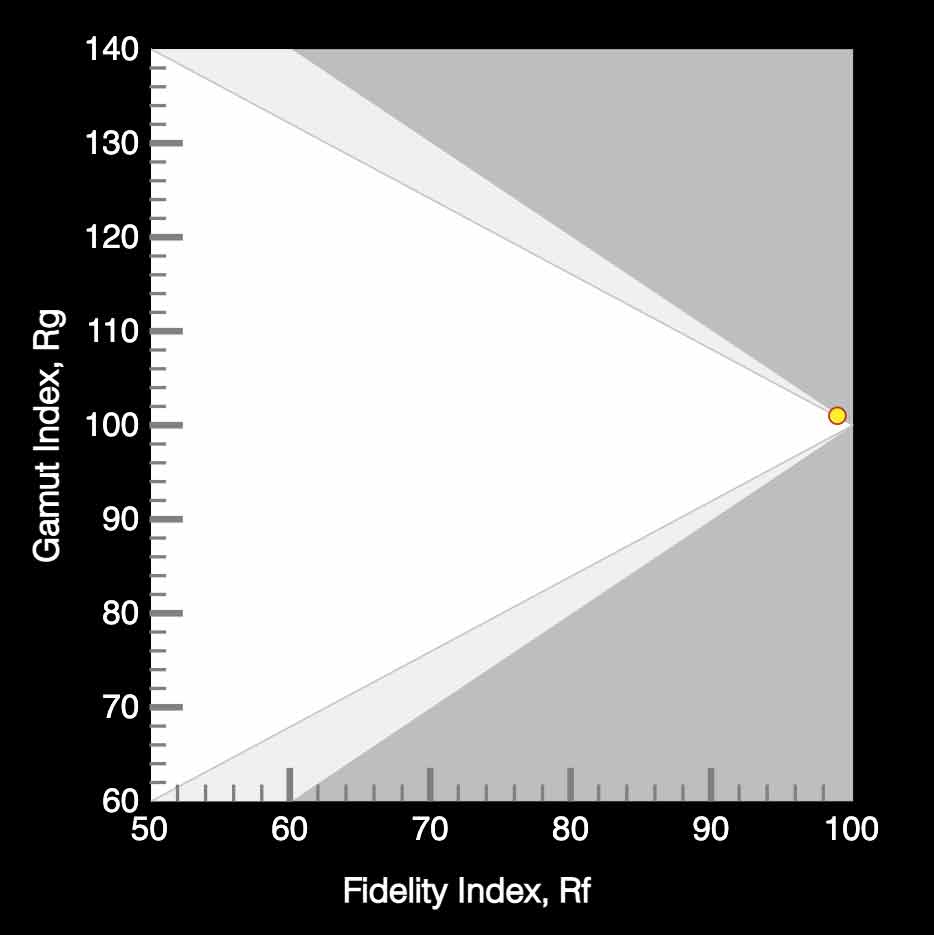
Compact Florescent Lamp
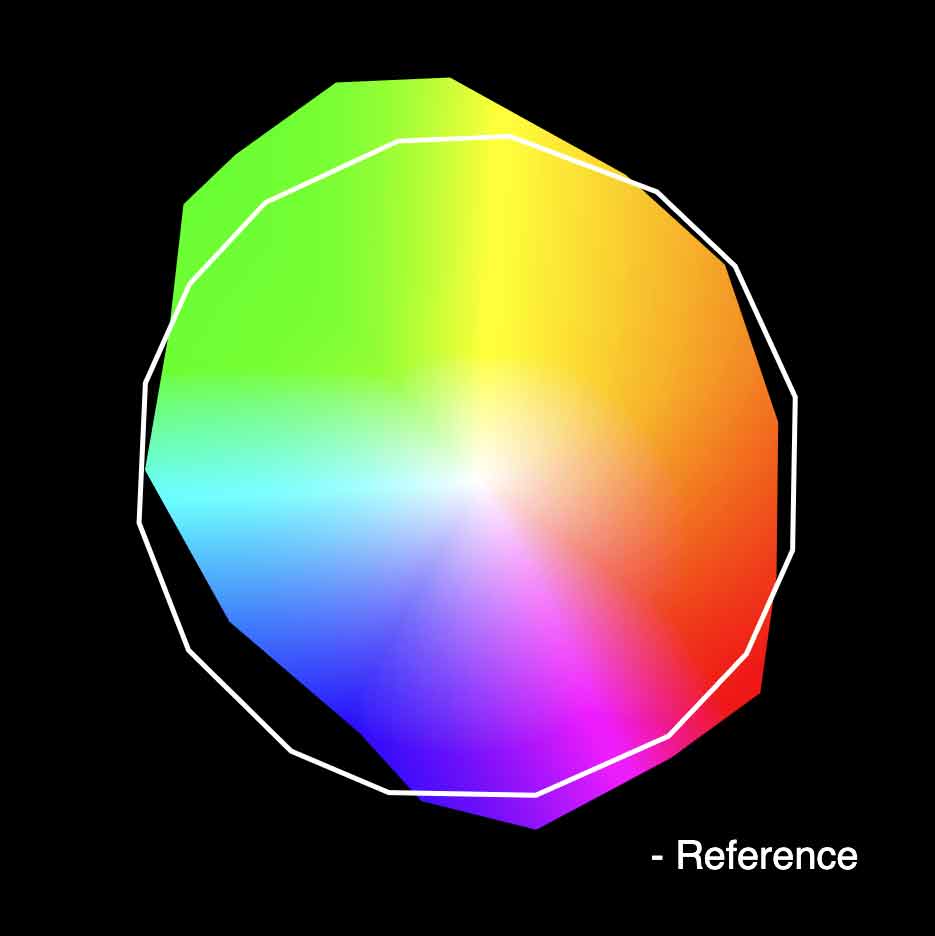
Rf 74 | Rg 104
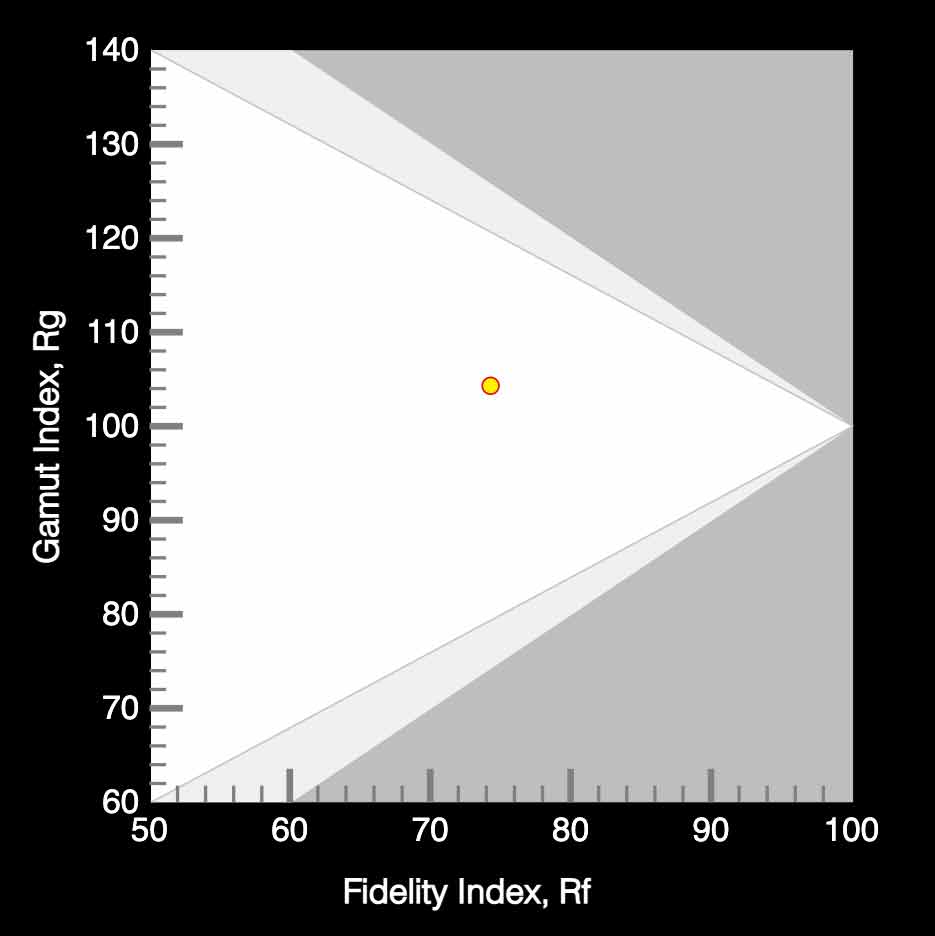
High Pressure Sodium
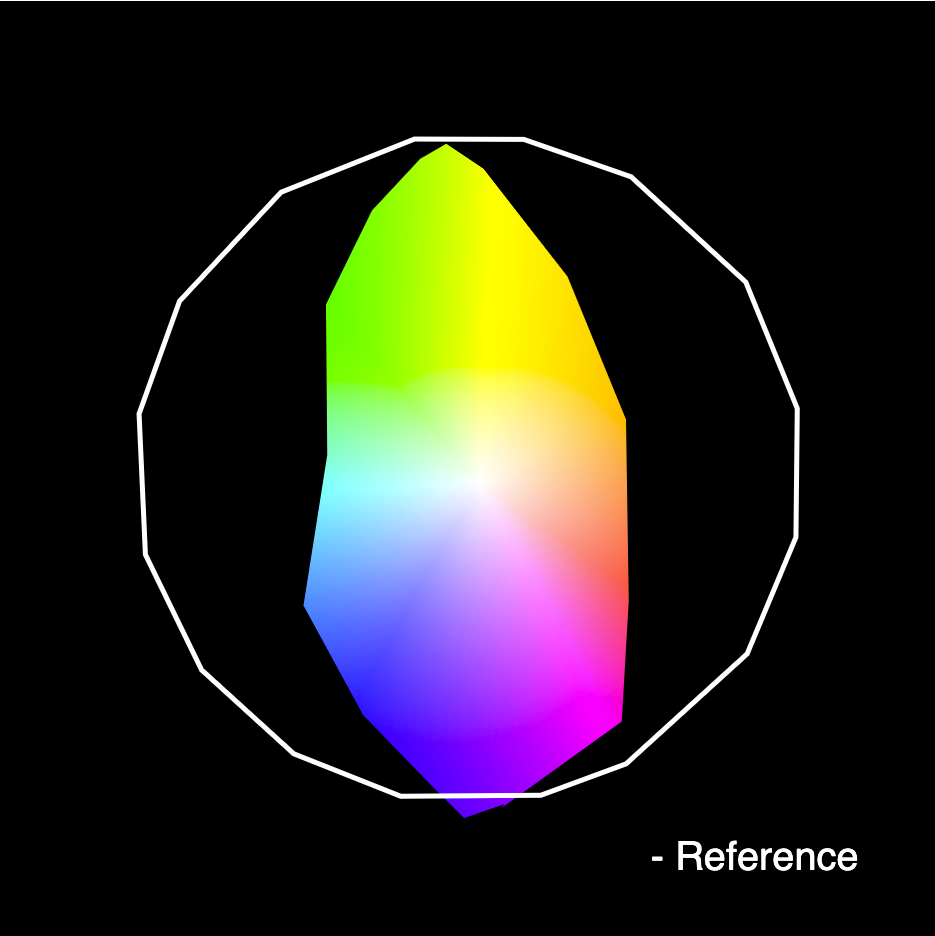
Rf 38 | Rg 50
